Two weeks ago we hosted our very first women’s wing foil camp in La Ventana, Mexico! It was awesome!
We had six out of six days of wind and lots of time on the water. Our group of six women ranged in wing foiling skills from never-evers to working on tacks. The cool thing about winging is that you can come into the sport with no water or wind sports experience and still have an epic time on the water. Our week consisted of down winders, tech talks on the beach and circuit training (doing short down-wind rides and then walking back up the beach). There were a lot of takeaways from our women’s wing camp. Here are a few of our favorite tips:
Start on a big board
Start with renting or borrowing a big board (120L-210L) for your first 10-20 sessions. If you’re coming from a never-ever background (no watersports experience), you’ll want to have your first few sessions on the wing with a inflatable foil board. The goal here is to figure out how the wing works and get really good with maneuvering yourself across the water. Big boards are stable and easier to balance on.
Keep the wing tip out of the water
The goal for your first sessions are to get really good handling the wing and generating power. Even if you’re not standing up yet, you’ll want to focus on keeping the wing out of the water and avoid catching the wing tips. Hold your arms straight overhead and keep steering the wing upward.
Work on speed control
In order to get on foil, you’ll need to generate consistent forward speed. Controlling the wing and balancing on the board will be your first goals but once you’ve achieved those, you’re going to want to foil! Use your wing to work on going faster, yet still in control.
Rest!
Learning to wing foil is challenging and you’ll be falling off your board a lot! Rest in between goes and keep your sessions shorter so that you don’t tire yourself out.
Do balance training on land
You can complement your water time with on-land training on a balance board or one-wheel. Keep your knees bent and your center of gravity low and imagine yourself gliding across the water.
Stick with it!
With no prior foiling experience, learning to wing foil can be difficult. Take it slow, celebrate the small wins and keep at it. You will get it!
We hope to see you at our next women’s wing foiling camp!








